Healthcare REITs: Poised for Continued Stable Performance and Growth
By Lori Marks, Associate Vice President & Analyst, Moody's Investors Service: REITs invested in healthcare remain stable, having increased diversification among property types, many with properties in several areas of the healthcare market.
 By Lori Marks, Associate Vice President & Analyst, Moody’s Investors Service
By Lori Marks, Associate Vice President & Analyst, Moody’s Investors Service
Moody’s outlook for healthcare REITs remains stable, reflecting the companies’ sound balance sheets and a generally stable operating environment for most of the subsectors. The REITs in recent years have increased diversification among property types, with many having properties in several areas of the healthcare market.
REITs are most active in seniors housing facilities, skilled nursing facilities and medical office buildings. Each of these segments has different profit drivers and a unique risk profile. Therefore, diversification generally reduces the risk in a healthcare REIT’s credit profile.
Among the major segments, we expect seniors housing to demonstrate the most positive income growth over the upcoming years. The economic downturn took its toll on the sector, with reduced consumer wealth contributing to occupancy declines and rental concessions. Independent living facilities were hit particularly hard, as potential residents were better able to delay residency decisions during a weak economic climate, in contrast to assisted living residents, who have unavoidable care needs.
At this juncture, occupancy in both of these segments has bottomed and the outlook is more favorable. New supply, a persistent risk because of the sector’s low barriers to entry, remains low. And demand will gain further momentum as the economy recovers.
The skilled nursing facility (SNF) outlook is more negative because of government reimbursement risk. SNF revenues are highly dependent on government reimbursement via the Medicare and Medicaid programs. We expect that these payments could be cut as part of the government’s initiative to curtail healthcare spending. Any such rate cuts would need to be significant before they would hurt rents, as the REITs’ triple-net leases have excess operating cash flow beyond the rent payments. How much pain operators could endure before they stop paying rent remains a key question and a risk for the REITs.
Medical office buildings (MOBs) should continue their historically stable performance, adding an important element of diversification to the healthcare REITs’ portfolios. MOBs have little government reimbursement exposure, and physician tenants are often highly invested in their locations. This stability is particularly evident in buildings that are located on campuses of, or affiliated with, major health systems, as are most of the REITs’ MOBs. Healthcare reform will further boost MOB demand, as more Americans gain coverage and more procedures are conducted in cost-efficient outpatient settings.

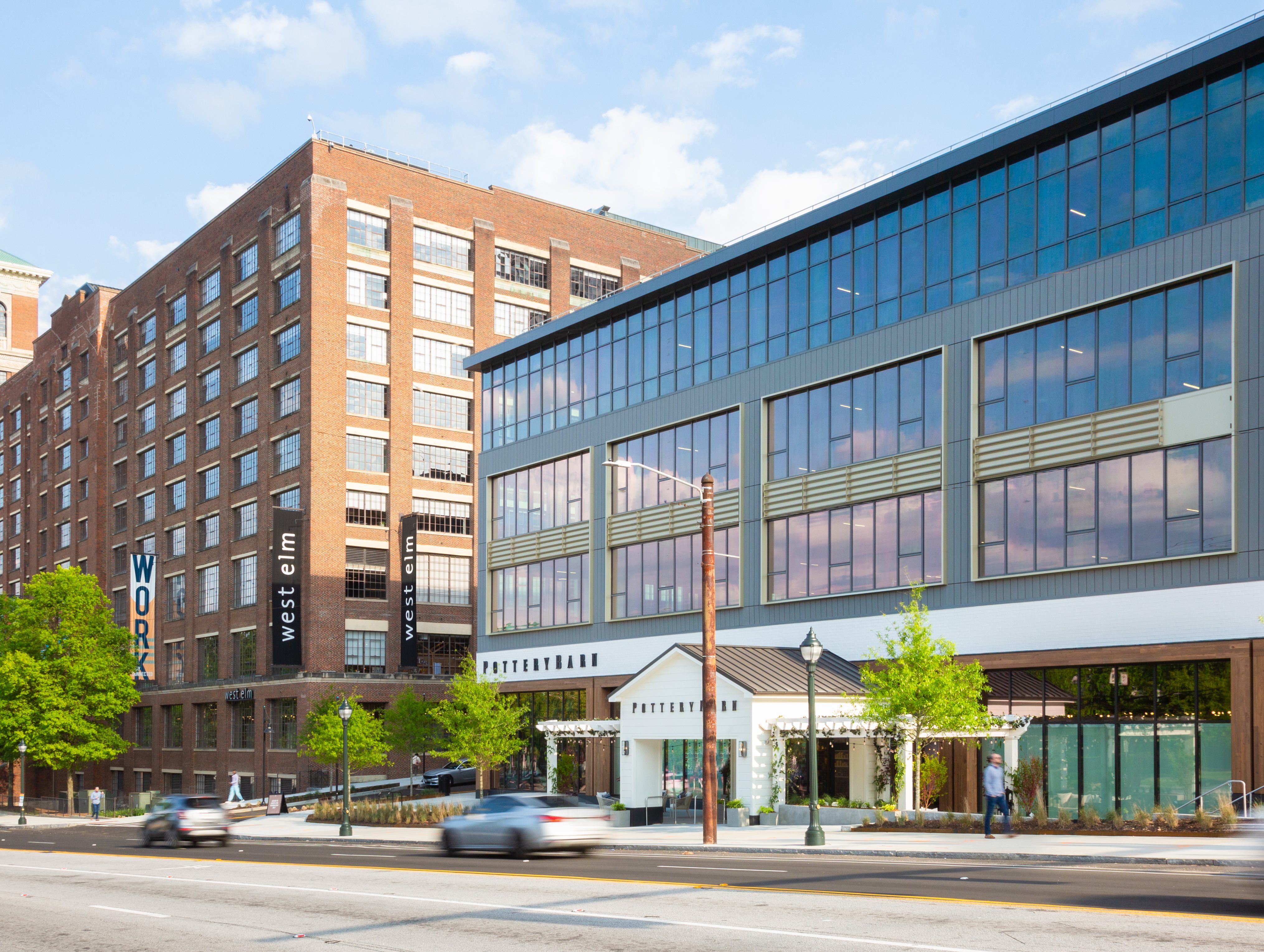

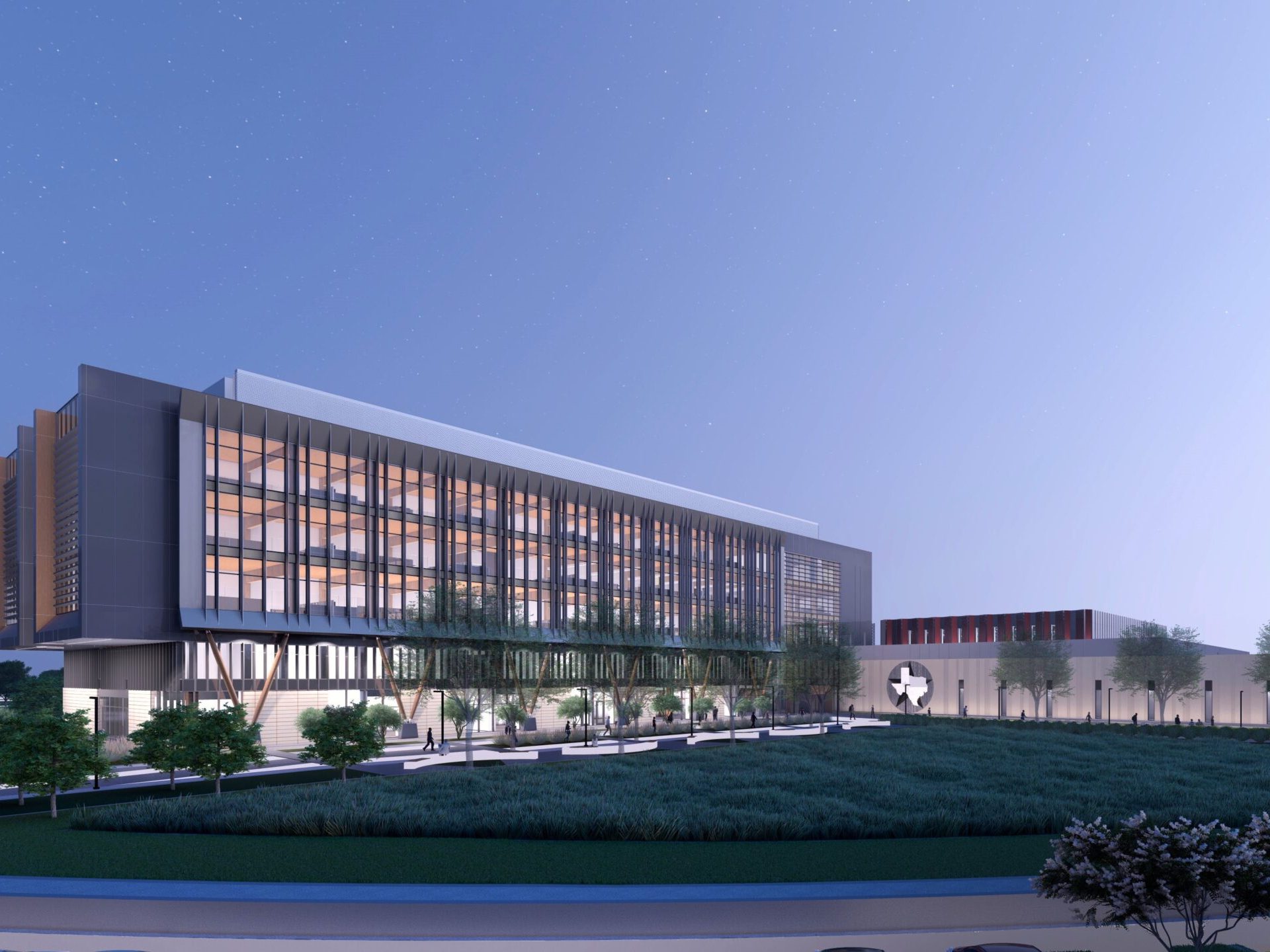
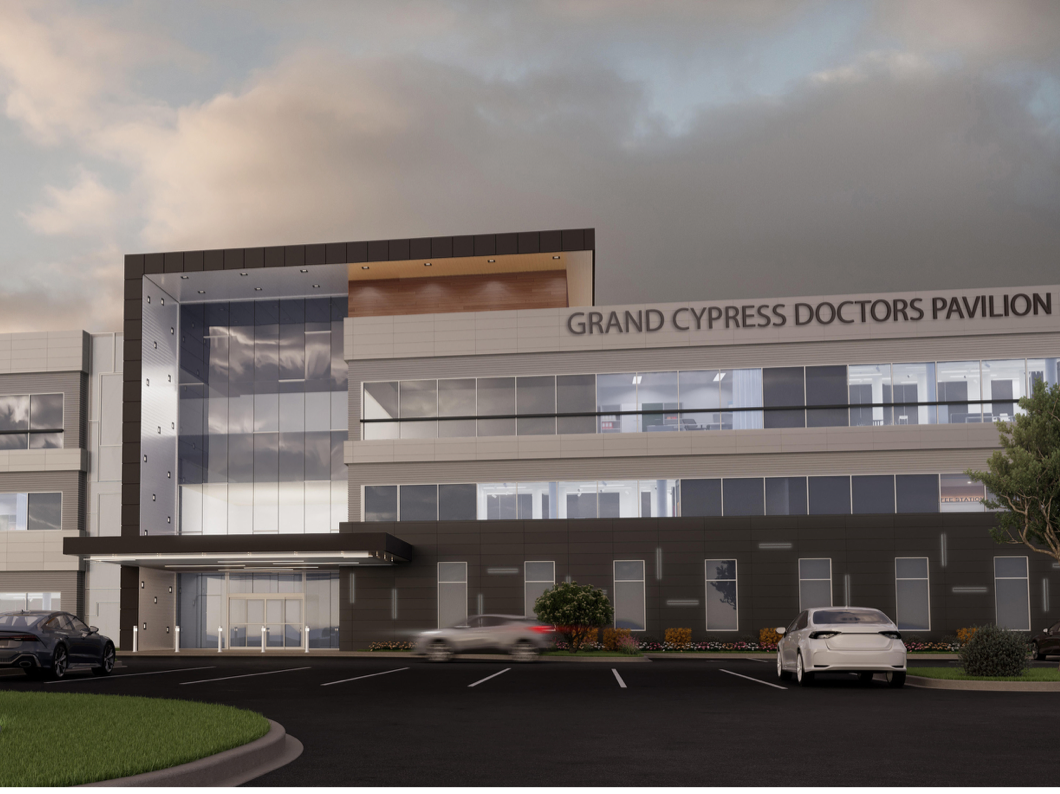
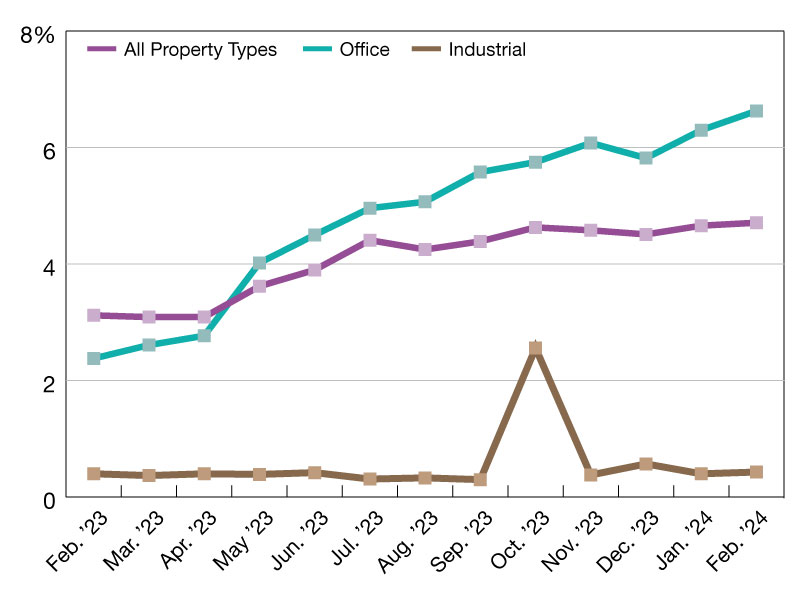
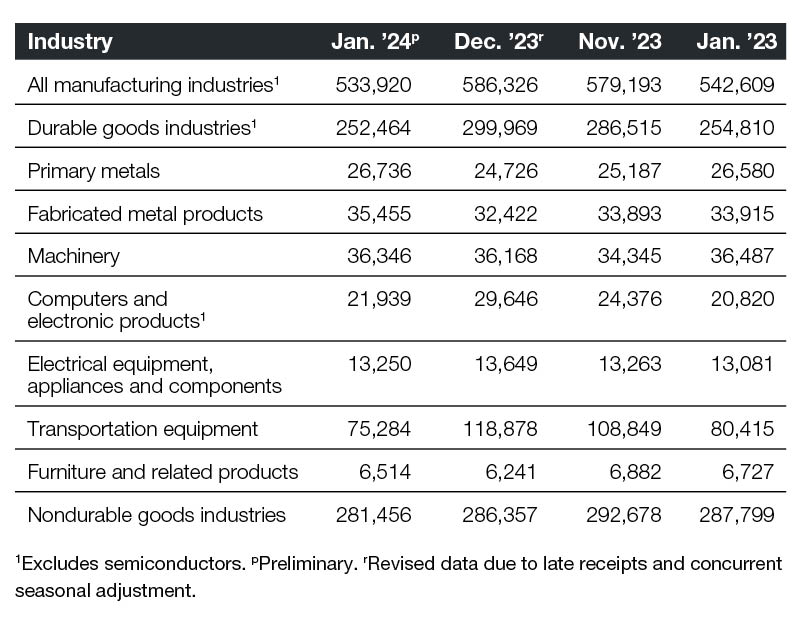
You must be logged in to post a comment.